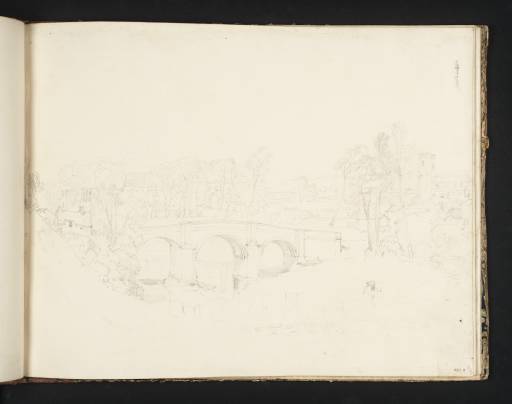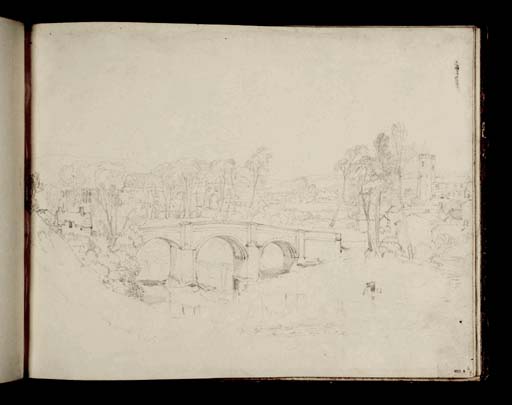1909
A.J. Finberg, A Complete Inventory of the Drawings of the Turner Bequest, London 1909, vol.I, p.271, CIII 6, as ‘Whalley Bridge and Village’.
1910
A.J. Finberg, Turner’s Sketches and Drawings, London 1910, pp.62–3, reproduced pl.XXVIII.
1967
Leslie Parris, The Loyd Collection of Paintings and Drawings at Betterton House, Lockinge near Wantage, Berkshire, London 1967, p.45.
1974
Gerald Wilkinson, The Sketches of Turner, R.A. 1802–20: Genius of the Romantic, London 1974, p.93 reproduced.
1980
David Hill, Stanley Warburton, Mary Tussey and others, Turner in Yorkshire, exhibition catalogue, York City Art Gallery 1980, p.26.
1984
Martin Butlin and Evelyn Joll, The Paintings of J.M.W. Turner, revised ed., New Haven and London 1984, p.84.


